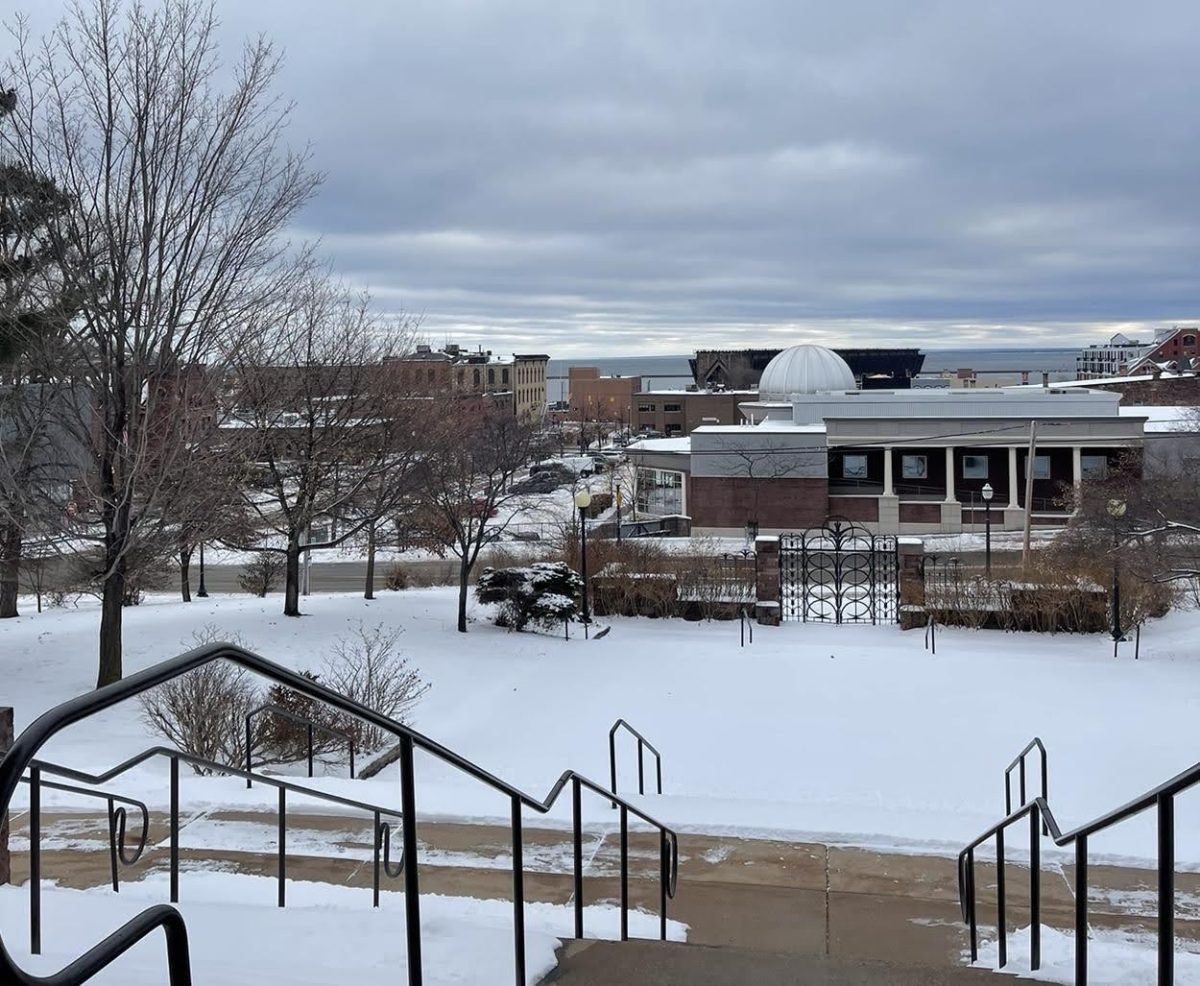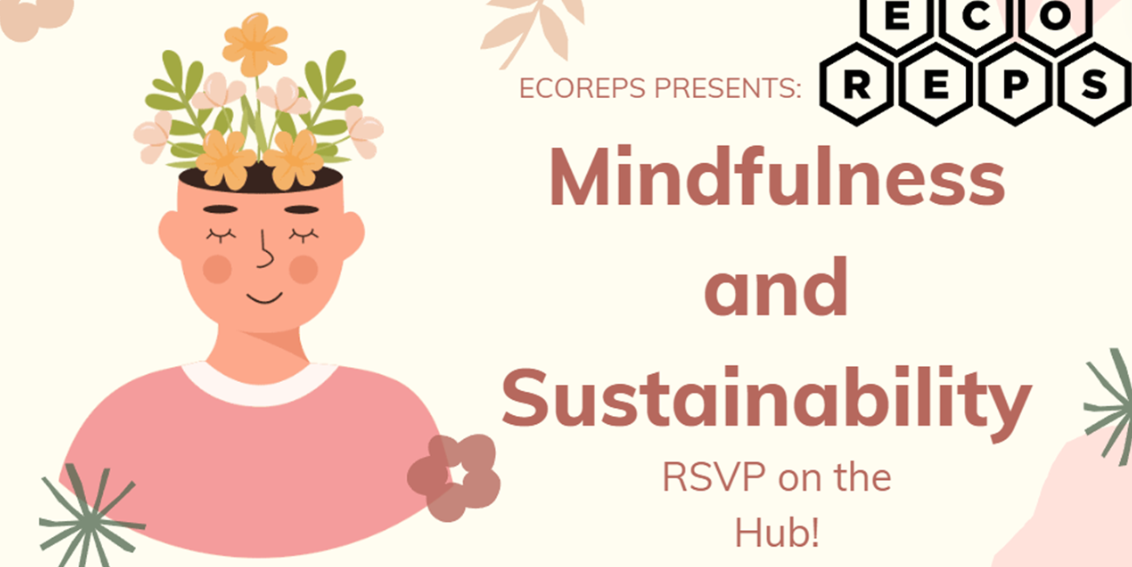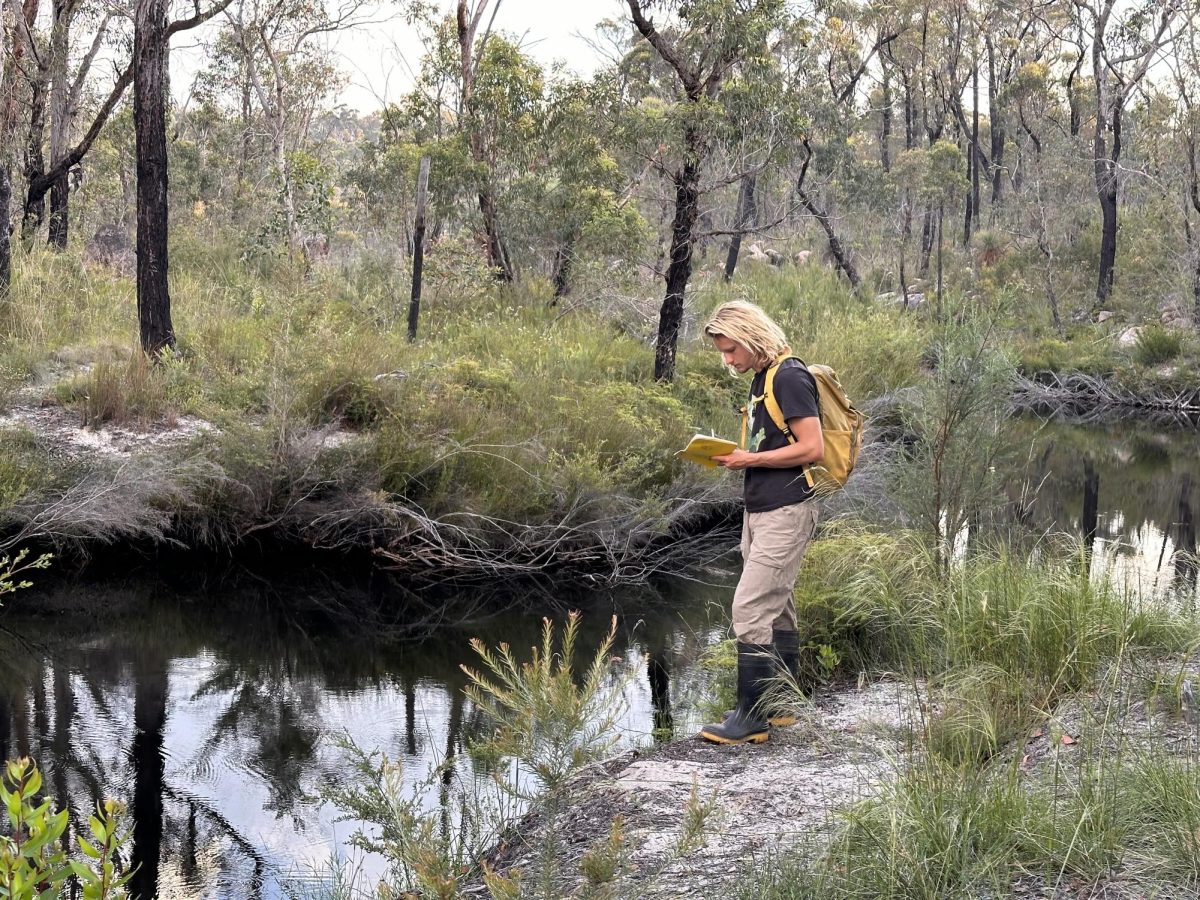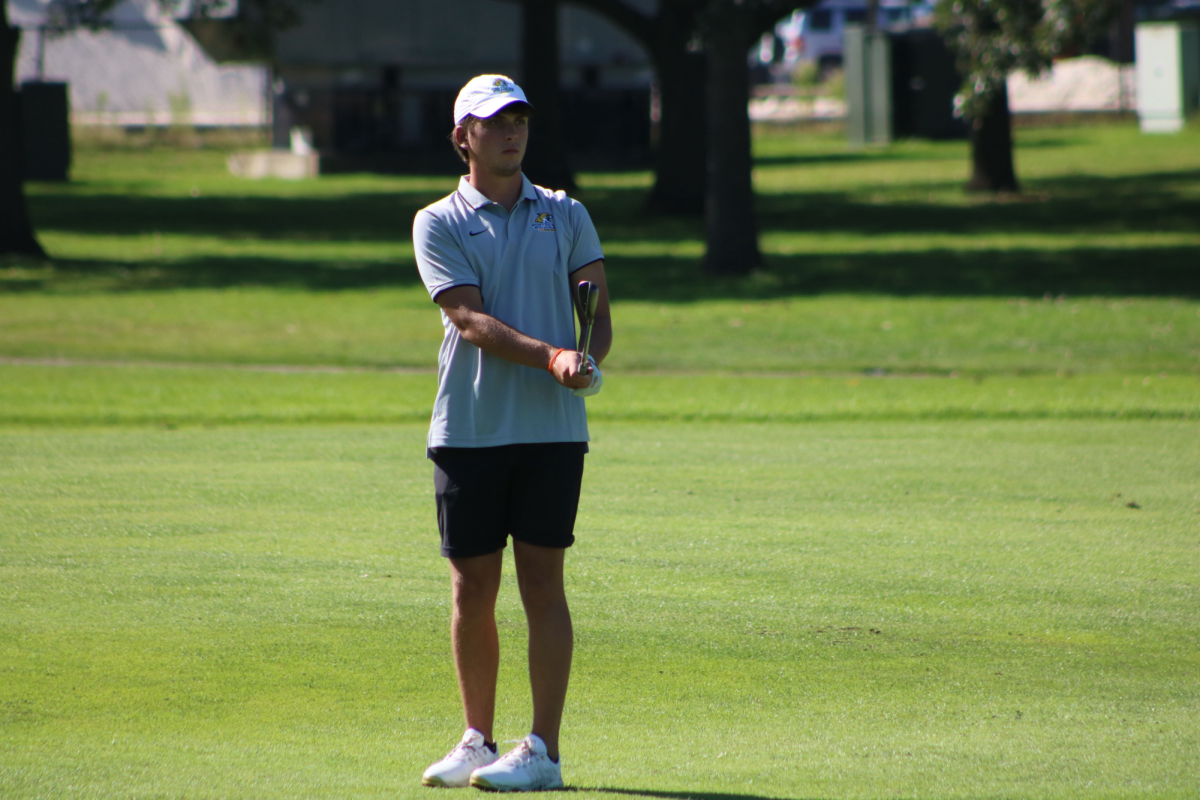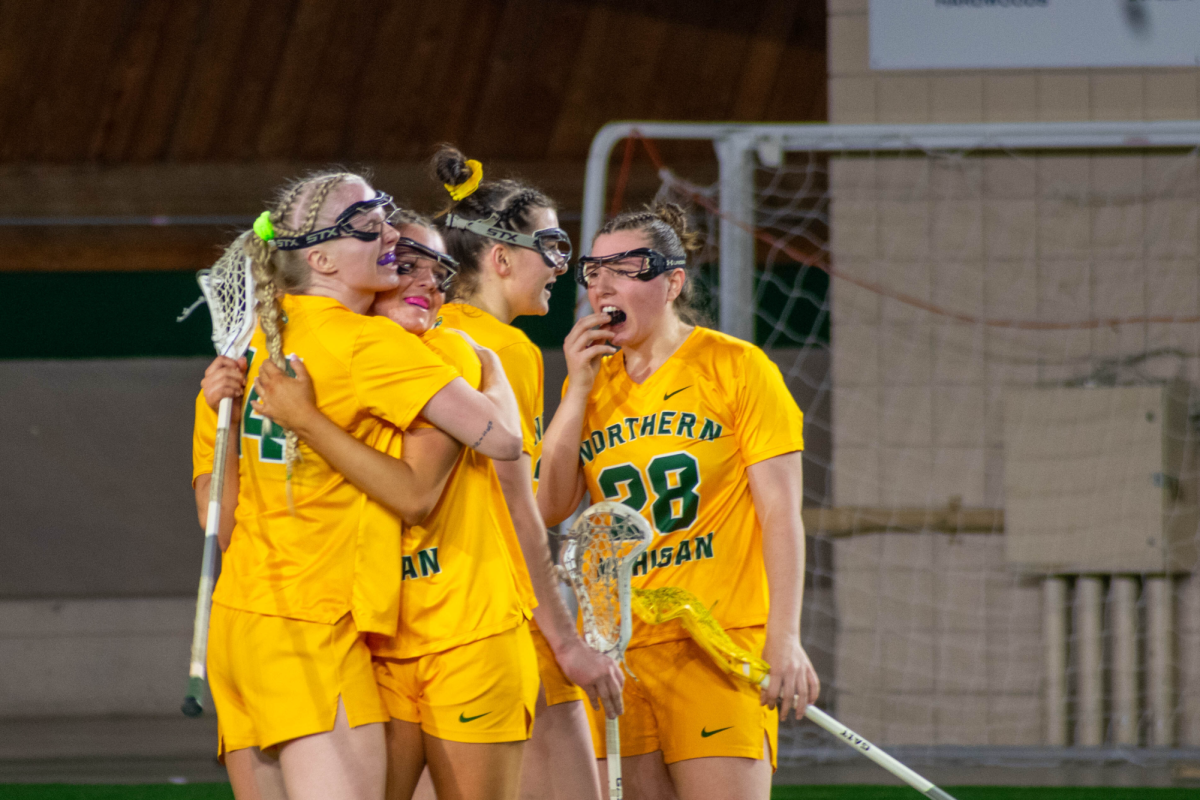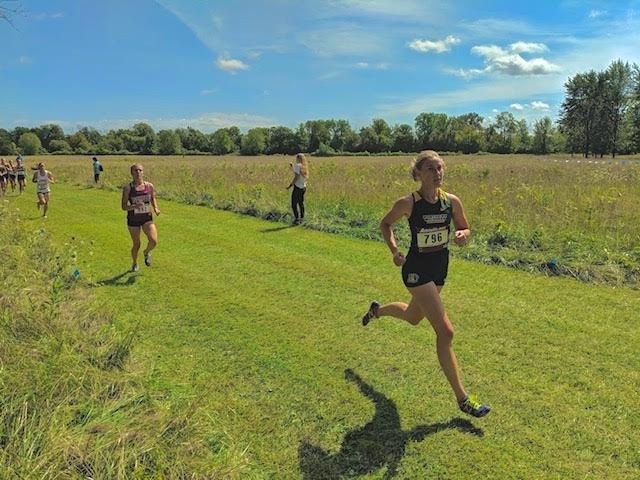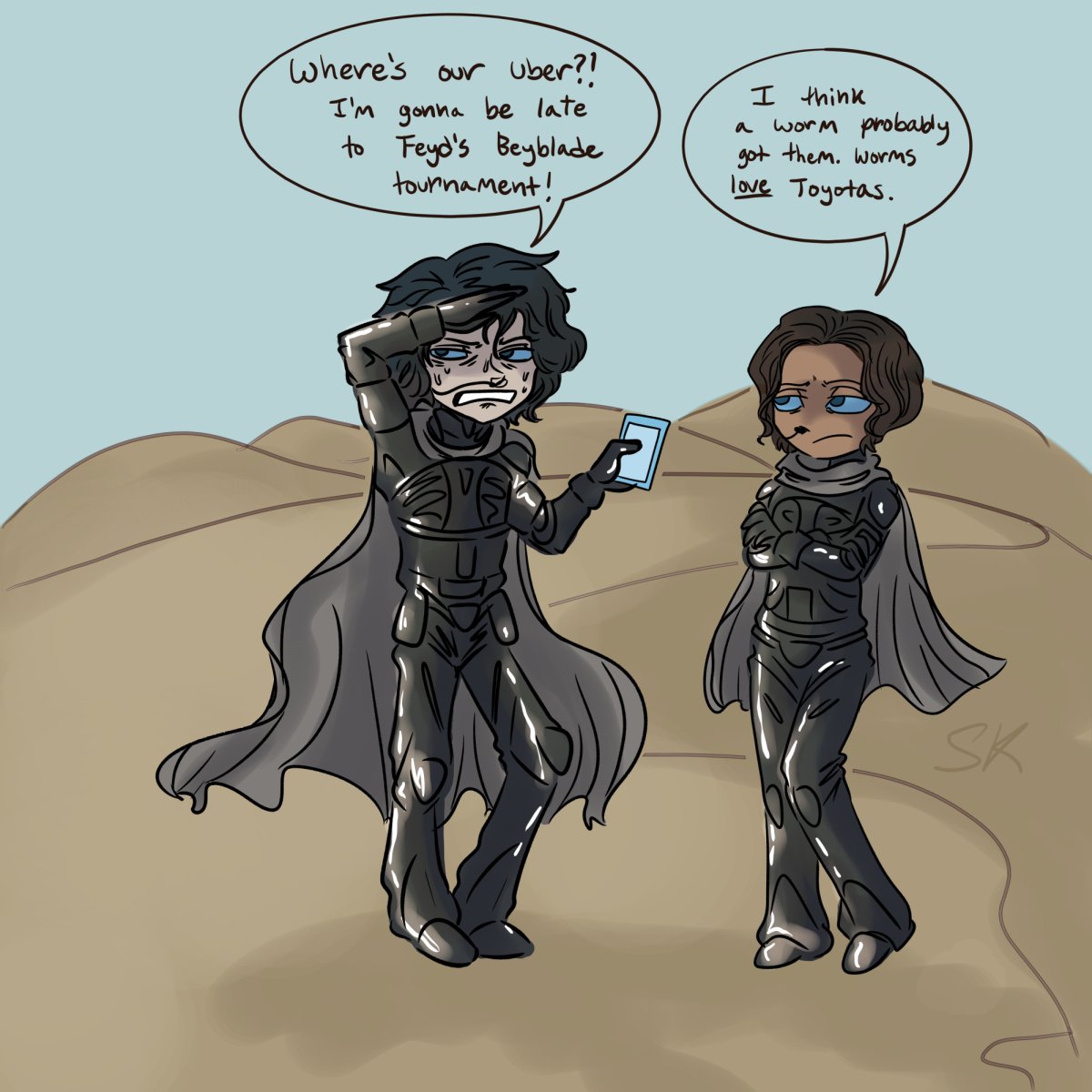Many people enjoy this time of year — the fall colors, the crisp fall winds.
While I can’t prove it, I believe I grit my teeth more in my sleep during the fall months. This time of year brings about my two least favorite holidays: Halloween and Thanksgiving because both holidays can lead to the misrepresentation of Native people.
It was the day before Thanksgiving and I was invited to speak at an elementary school in the mid-1990s. The grade school children were dressed with headbands and colorful feathers around their foreheads. They slapped their hands against oatmeal cereal containers whooping like wild Hollywood Indians. Bewildered, I quietly slipped out of the school without speaking a word to anyone. Looking back, I regret not speaking to any of the teachers or staff. The school has since closed.
When Disney released “Pocahontas” in 1995, I feared I would see young girls dressed up as the counterfeit cartoon Indian for Halloween. My fears became reality. I haven’t passed out candy since.
You might think, “Why is she so politically correct? It’s just a costume!”
Contributors to the web site Teaching Tolerance.com contend that using the term “political correctness” to describe the attempts of concerned Native American trivializes a survival issue. Systematic genocide over four centuries has decimated more than 95 percent of the indigenous population of the Americas.”
Any such misrepresentation should be viewed as something potentially detrimental. It further removes Native peoples from the dialogue of tolerance in today’s society. It further underlines the fact that Native peoples are the invisible minority and rarely have a voice when it comes to policy or social justice.
You might be wondering why I’m addressing this now. Because I was both angered and saddened to witness the make-believe Indians during this year’s Homecoming parade. Students were dressed as makeshift Hollywood Indians with skimpy Pocahontas-style outfits and colorful feathers in their hair; they made noises — concocted “war chants” — and engaged in the tomahawk chop. It was crippling.
How many of us have truly studied such images for what they truly are – a symbol of mockery, a misrepresentation of a living culture? How many of us have remained silent when such behavior has taken place?
In his essay “The Culture of Power,” violence prevention educator Paul Kivel successfully describes children as being within an adult-run culture. It is successful because we all know what it is like to be the child within a situation where the adults have all of the power: the child must play by the adult rules.
Kivel asserts in his essay that “The effects on young people of an adult culture of power are similar to the effects on people of color of a white culture or power or the effects on women of a male culture of power.”
My mother is of the Six Nations of the Grand River, a culture not widely known about and yet, the people of the Six Nations influenced respected figures including Benjamin Franklin. It is not only out of respect for my mother’s culture that I compose this piece, but also for the future generations of Native youth.
In closing, I urge you to study that which is around you. Study those cultures different from your own. Study different places around the globe. Learn a new language. Study ideologies different from your own. By studying the differences around you, you may even learn a bit more about yourself.
Editor’s Note: April Lindala is Director of the Center for Native American Studies at NMU, where she also teaches classes. She can be contacted at [email protected]. The Professor’s Corner is a biweekly written by various NMU faculty. Any professor interested in writing should contact the opinion’s editor at [email protected].




